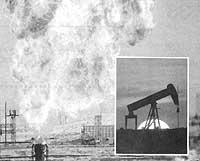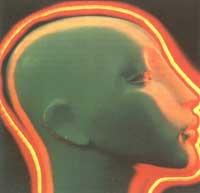The Eiffel Tower, symbol of Paris
1989/05/01 Otaolaurretxi, Jon Iturria: Elhuyar aldizkaria
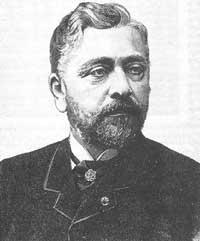
The 19th edition of the International Exhibitions began in the mid-twentieth century. Britain was celebrated in 1851, when six million people approached to see the wonders of Hyde Park's Crystal Palace. In 1873 the next exhibition was held in Vienna, attended by seven million spectators. Three years later the brand was beaten in American Philadelphia, with ten million spectators and sixteen million spectators in 1878 in Paris.
In 1889, however, they came up with a “Universal Exhibition” to celebrate the centenary of the French Revolution in Paris.
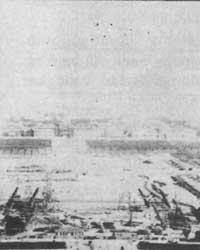
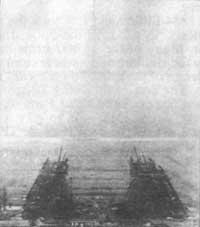
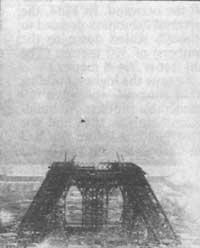
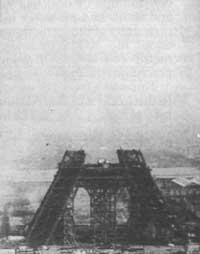
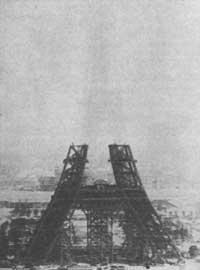
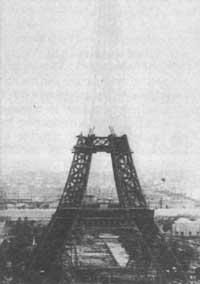
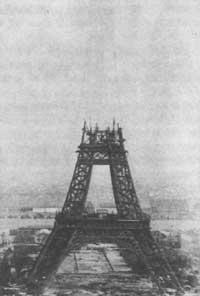
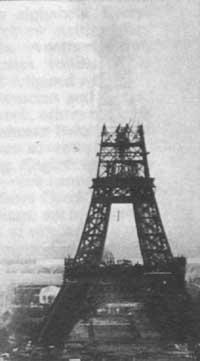
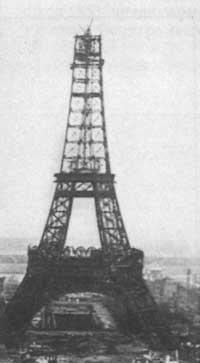
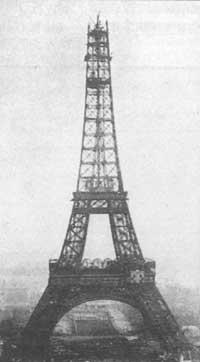
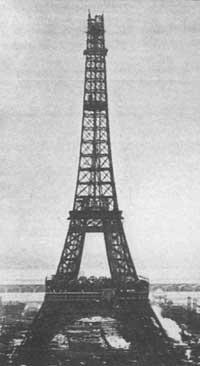
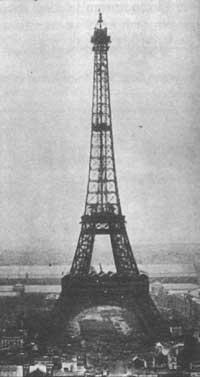
In that general exhibition they found it appropriate to establish some world brand and the construction of a tower 300 meters high was very attractive. The Great Pyramid of Keops, for example, had 147 meters and the tallest buildings of the time (G. Monuments of Washington) 169 meters.
Responding to the call of the Paris organizers many projects were presented, but A. Gustav Eiffelena was the first group of officials led by Trade Minister Lockroy. The first idea of the project focused on engineers Maurice Koechlin and Emile Nouguier from the Eiffel team. The tower was metallic and the foundations of mortar. Eiffel presented this elaborate idea, with great experience and skill in metallic constructions.
Life and works of Eiffel
Alexander-Gustave Eiffel was born in the French Dijon on December 15, 1832. My father had been in the wars of Napoleon and in the family it was his mother who really commanded. When he turned twenty-three he finished his studies obtaining the degree of chemical engineer. He started working in his uncle's company, but soon his family anger took him to Paris.
At 24 he joined the company Nepveu et Cie. There they manufactured steam engines, tubes, tools, boilers and railway material. In a short time he worked in the company of François Pauwels and in 1858 he directed the construction works of the Bordeaux metal bridge.
In 1862 he married Marie Gaudelet and had five children.
With two or three years he began to work on his own at Saint-Petersburg Street in Paris. In 1867 he built the machinery pavilion for the exhibition of Paris, in 1877 the bridge over the river Douro (with arch of 160 meters) in Porto, the viaduct Grua de Auvergne, a church of Chile, the dome of the observatory of Nice, the framework of the State of Freedom, the railway bridge of Ormaiztegi, etc. After the completion and enrichment of the Eiffel Tower in Paris, he entered different projects until his death in Paris on 28 December 1923. Among others, he built an aerodynamic laboratory in Paris.
Construction of the Eiffel Tower
The Universal Exhibition project by Eiffel with engineers Koechlin and Nouguier was approved on 12 June 1886. This iron tower, 302 meters high, would have a total weight of 10,000 tons, corresponding 7,300 tons to the metal part. (As for the height, the radio antenna was subsequently placed, reaching a total height of 320.75 meters. It was the highest construction in the world until the Empire Estate of New York took place in 1930).
In such an elongated tower, the problem of stability was solved with four large foundations for the base, four forming a square of 125 meters of side. The influence of the wind was also taken into account. Eiffel hypothesized wind speeds of 250 km/h. Today, pushed by the wind, the tip of the tower moves about seven centimeters and by the expansion caused by the change, up to eighteen centimeters.
To begin with the construction of the tower, everything was defined in the 5,300 plans of the project, but before starting to cement (January 14, 1887) published in the newspaper Le Temp a letter of intellectuals rejecting the work. Alexandre Dumas, Charles Gunod, Guy de Maupassant and other intellectuals were the promoters of this protest. However, the works began and on June 30, 1887, steel beams were installed.
The tower was built in twenty months next to the field of Mars. In the workshop of Levallois, a hundred operators manufactured the beams and metal parts of the tower and another sixty in the work carried out the assembly. In the workshop, all numerically marked parts were transported on horseback to the work. Then the elements were joined by rivets raised in the work, as was the joining mechanism. A total of 1,050,000 rivets were used.
To tilt the four main metal columns of the base, some hydraulic jacks were specially designed and manufactured. In December 1887 the four columns were joined together by a large scaffold, but then the workers went on strike because in winter it was more dangerous to work there and they wanted more money. However, in the construction of the tower no one accidentally died.
The first floor of the tower, formed in April 1888, was occupied two months later by four arches of half circle. For aesthetic problems and not to maintain the structure.
On 14 August 1888 the second floor was built, reaching a height of 100 meters. In September the workers resumed the strike by requesting 20 cents more per hour. Soon work was resumed and at the end of November 186 meters of the tower were built. It was already the highest construction in the world. On February 24, 1889, they were on metro 267 and by the end of May they had placed the top.
The tower lifts caused headaches to Eiffel. He wanted to put those of the American company Otis, but they were also lovers of French technology. Finally, up to the first floor were installed French lifts and from there to the top the Americans.
A lot of money was spent on its construction. The cost of the project was 6.5 million francs. The city of Paris donated land for free and the French government put a million and a half euros. The remaining five million were authorized to operate the tower by the Eiffel himself for twenty years.
The night of the inauguration of the Universal Exhibition, he visited the tower illuminated by 20,000 gas lamps that housed the most important authorities and kings of the world. Throughout the year, almost two million people visited the tower and with their payers, in addition to recovering all those previously spent by Eiffel, it was enriched.
In 1909, when the rights period with the Eiffeli tower ended, the tower was designed to be dismantled and sold as scrap, but it was not discarded by Commander Ferrié as useful for communications.
The Eiffel Iron Tower, emblem of the city of Paris, is still standing and slender.

Gai honi buruzko eduki gehiago
Elhuyarrek garatutako teknologia




